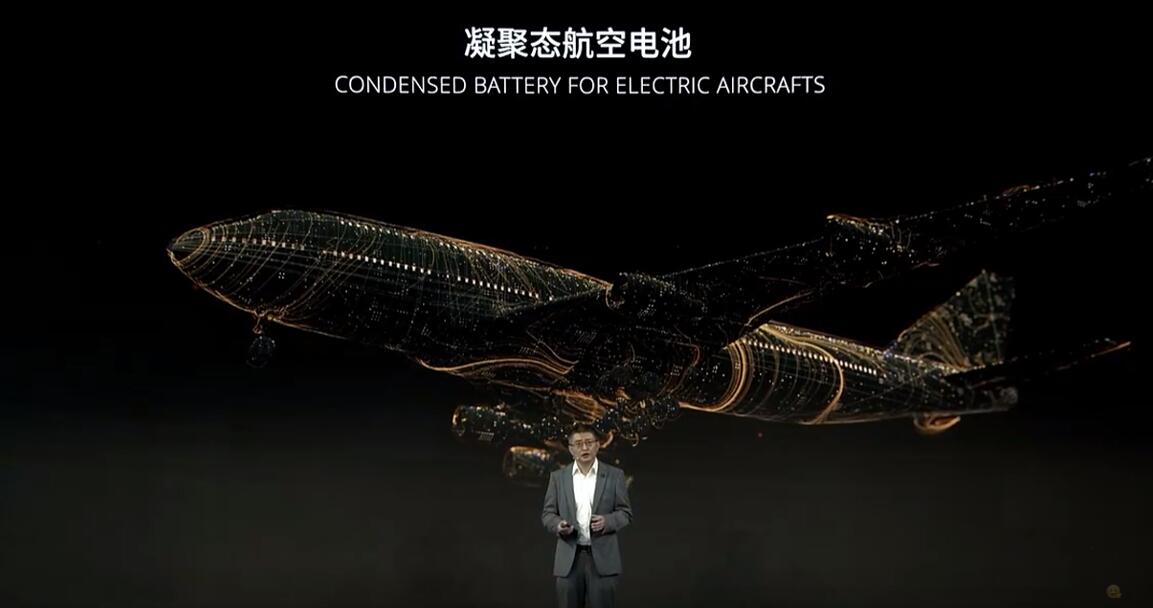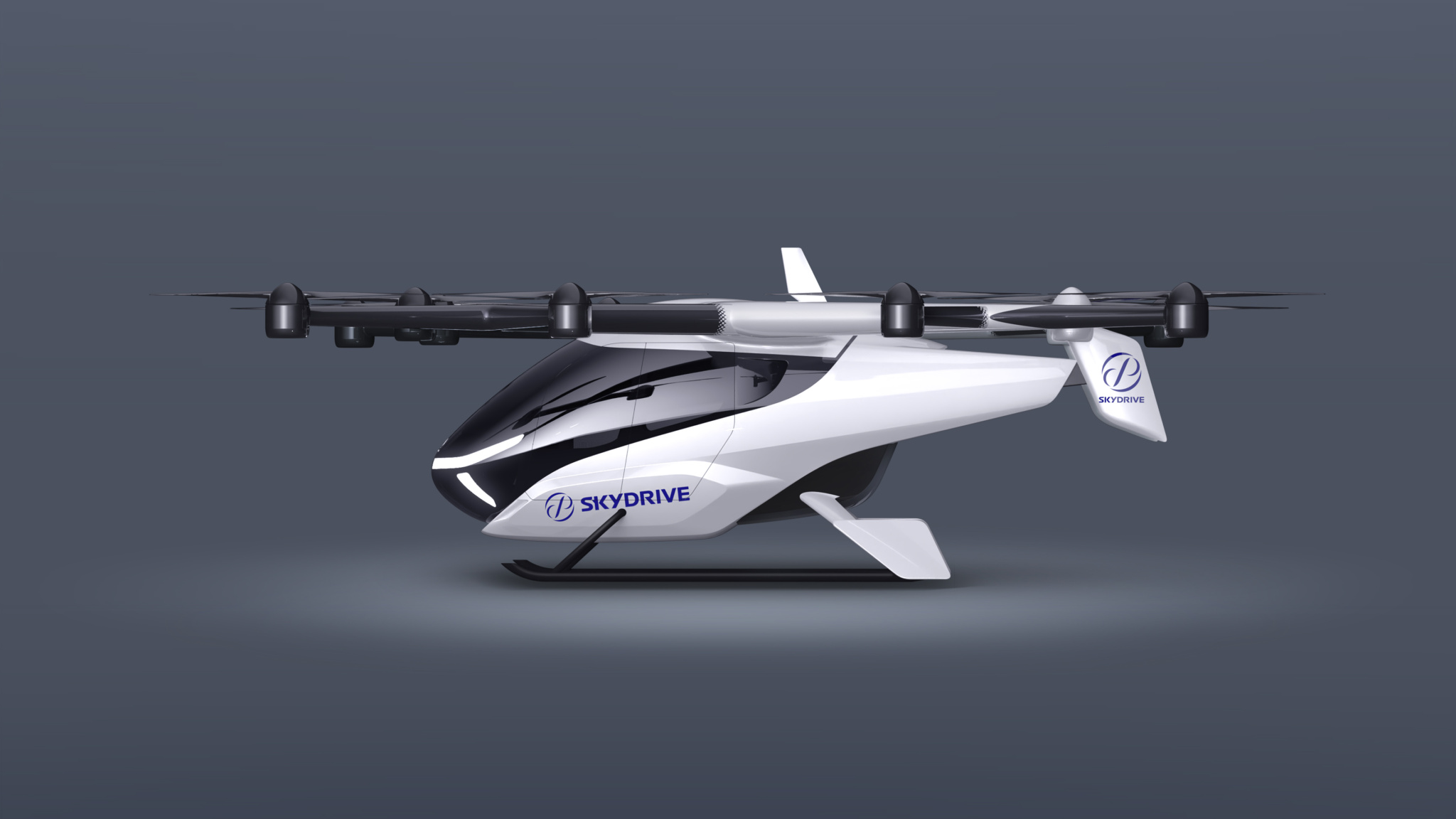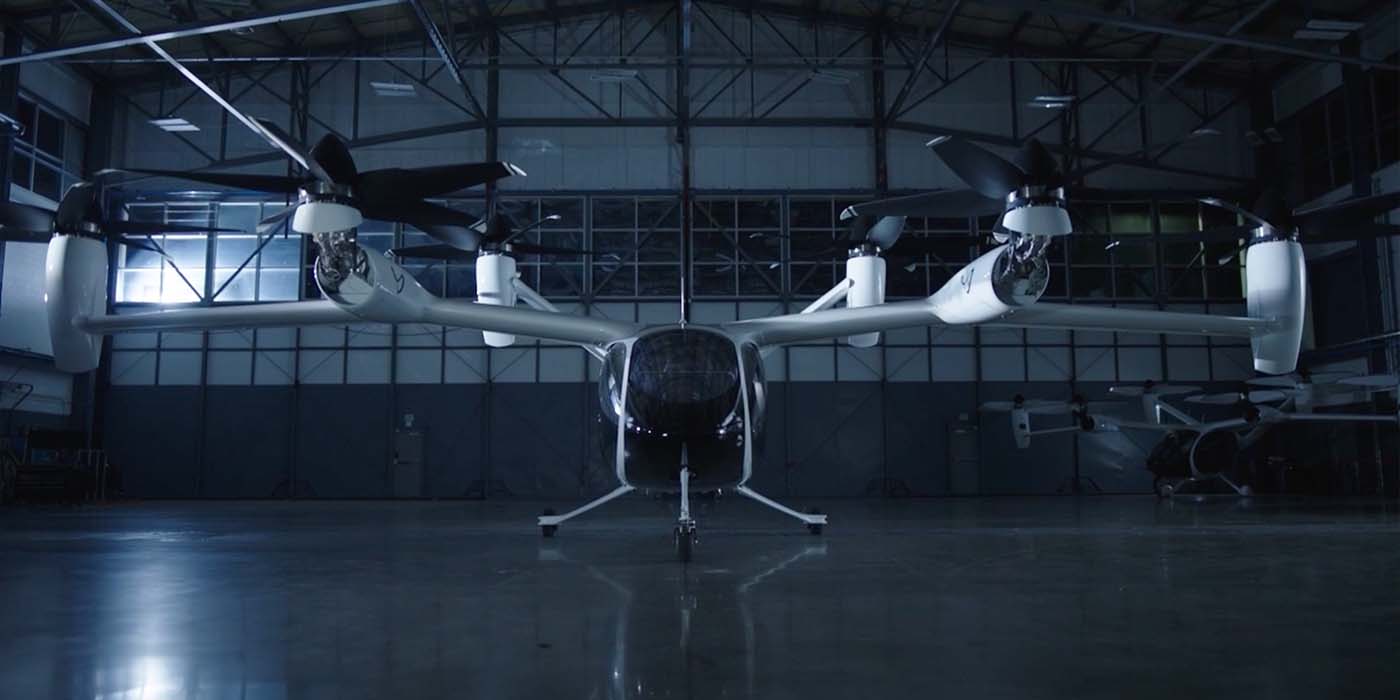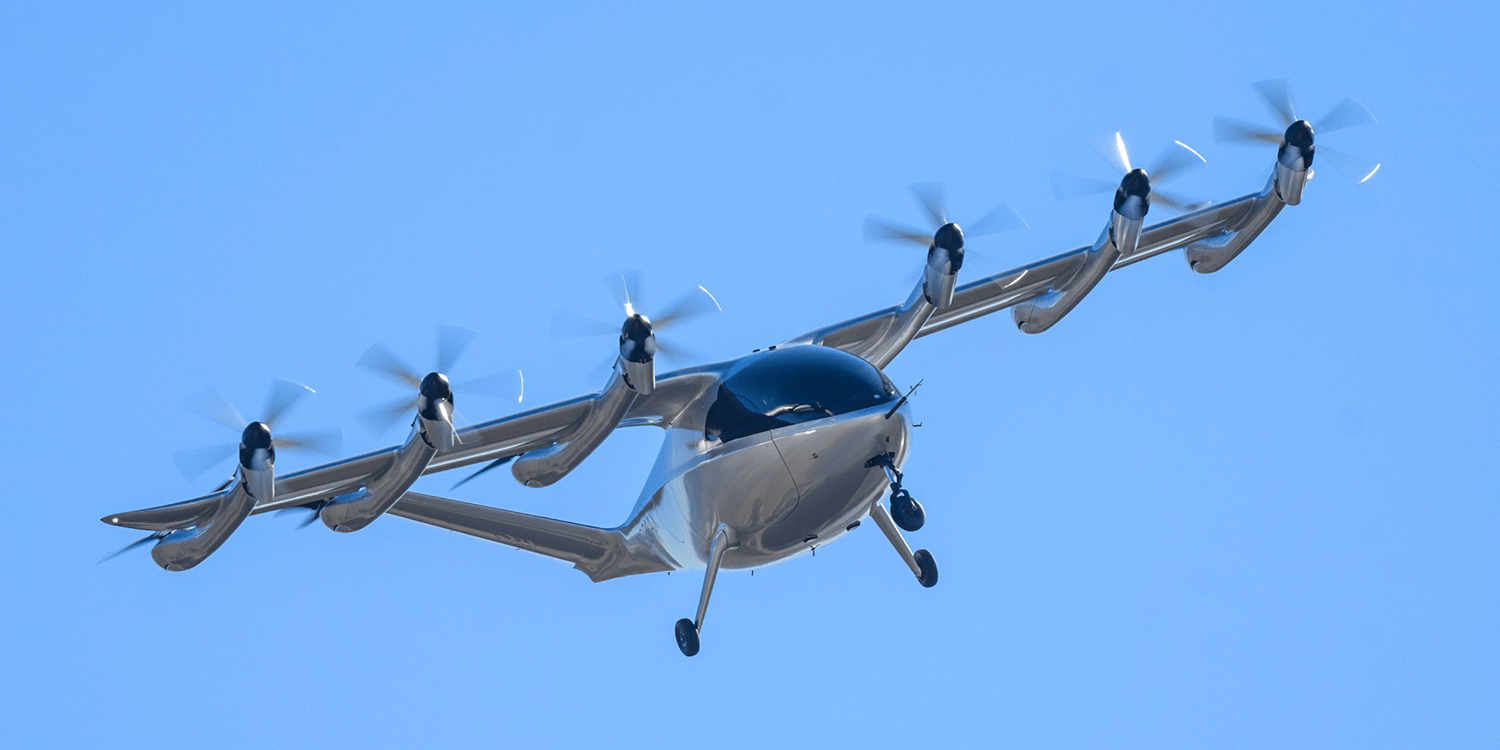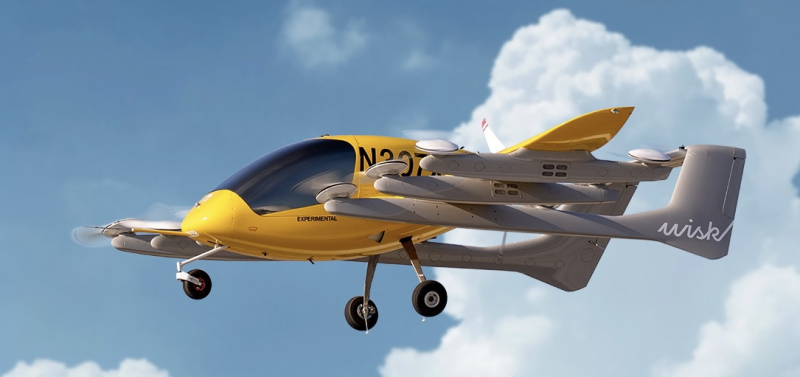Chinese electric vehicle battery giant, Contemporary Amperex Technology (CATL), has taken a bold step into the world of aviation by establishing a new aviation unit. The move has sparked excitement and speculation, hinting that electric airplane development may be closer to reality than anticipated.
In collaboration with Commercial Aircraft Corporation of China (COMAC), a state-owned plane manufacturer, CATL is exploring the potential of electric airplanes. The two companies have joined forces in a joint venture, forming COMAC Times Aviation, with the support of Shanghai Jiao Tong University Enterprise Development group.
COMAC has already been actively involved in the development of “new energy” aircraft since 2019, with its Lingque-H hydrogen aircraft successfully undergoing several test flights.
Leading the newly established aviation unit is Qian Zhonhyan, who serves as the legal representative and also holds the position of director at the COMAC research institute. Notably, Qian Zhonhyan was the chief designer of China’s first domestic large passenger aircraft, the C919.
The focus of the joint venture will be on the design and production of civil aircraft components, with specific attention to engines and propellers. While CATL has yet to officially comment on the matter, insiders suggest that the company may utilize its innovative new condensed batteries to power these electric airplanes.
CATL previously introduced these groundbreaking condensed batteries during the Auto Shanghai event in April. Offering an impressive energy density of up to 500 Wh/kg, these batteries have the potential to revolutionize electric flight. By comparison, CATL’s ultra-efficient Qilin batteries, with an energy density of up to 255 Wh/kg, already provide over 620 miles (1000 km) of range, making them suitable for electric cars.
The company claims that its condensed batteries boast a remarkable combination of high energy density and superior safety, making them ideal for “a brand-new electrification scenario of passenger aircraft.”
This move signals the possibility of a future with fully electric airplanes, as battery technology continues to advance. Tesla CEO, Elon Musk, previously emphasized that for an electric electric Vertical Takeoff and Landing (eVTOL) aircraft to be viable, it would need to achieve 400 Wh/kg.
In addition to CATL’s endeavors, other companies are also making strides in electric airplane development to contribute to reducing emissions in air travel. Swedish startup Heart Aerospace is one such example, and Scandinavian Airlines (SAS) has invested in their aviation technology, alongside other key investors like United Airlines and Air Canada. In fact, SAS has already placed orders for its first all-electric commercial flight, scheduled for 2028.
Heart Aerospace further strengthened its position in March by partnering with BAE Systems to create a groundbreaking battery system. Meanwhile, CATL’s recent venture may give them a competitive edge, as they could already possess the battery technology required for electric airplanes.
As CATL, COMAC, and other companies continue to push the boundaries of electric aviation, the dream of a cleaner, greener, and more sustainable future for air travel is becoming ever more tangible.

